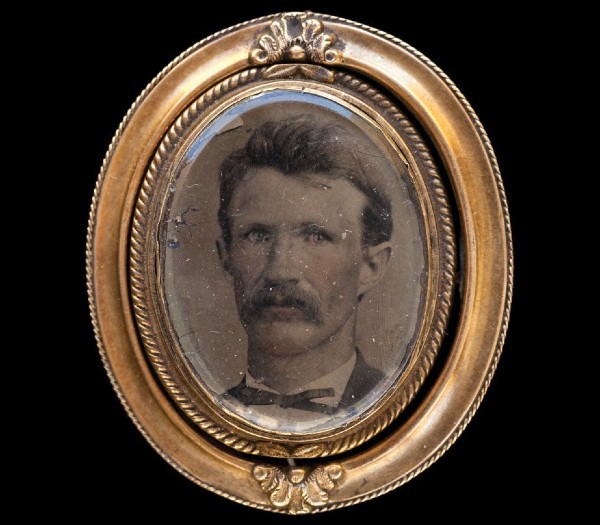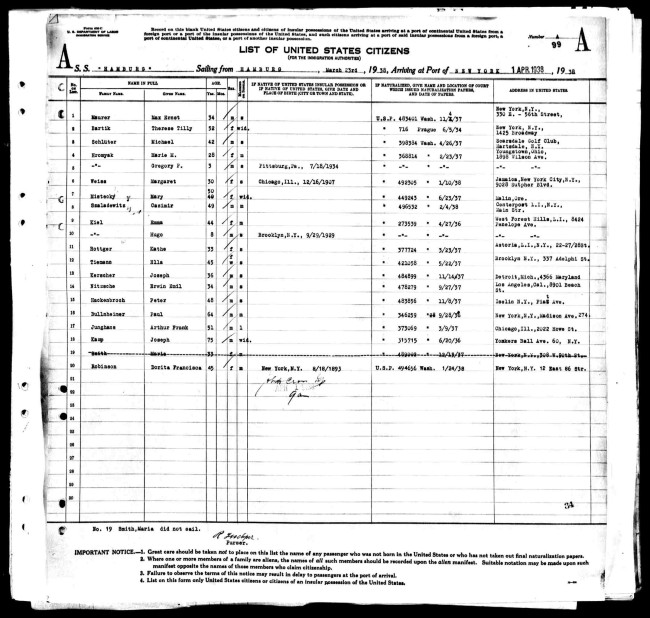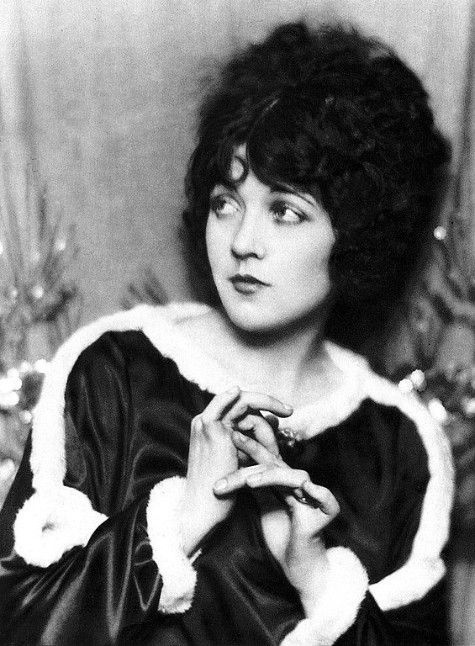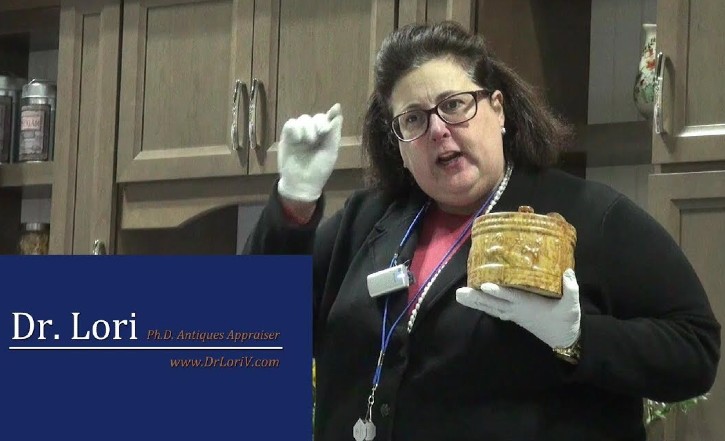
NEW YORK – Old family photographs that names on the back to provide context, a locket orphaned at a flea market, a portrait of an unknown subject—by themselves, these objects are not worth much but when identified by name or traced to their original owners, they can be priceless to family members.
Antique dealers and auctioneers increasingly are using genealogical tools and technology to authenticate and identify objects like paintings, letters, books or even a piece of china. Owners of antiques can harness many of the same tools to research objects or paintings they have bought or inherited. Ancestry.com and other genealogical databases offer a vast trove of family records and information while Google Images can assist in people looking for information by being able to upload an image to find a match.
“Most people will know that the first places to search for information about antiques are online search engines and topic-specific books. Information in books is often outdated and eBay listings are often published by nonspecialist sellers,” said antique dealer Gary Stover, who has published several YouTube videos on this topic, including this one. One video viewer commented that Ancestry.com has helped him in researching inscriptions in antique books and on photographs, among other things.
“I once researched the family tree of a barber-surgeon documented in a 1541 London will, and found that the 12th great-granddaughter of the barber lived about 15 miles from me (in Canada),” he said, noting that the provenance research assisted him in getting a better price when he sold these items at auction.

Stover said sometimes new technological tools can help. “Google Image Search is a great adjunct to Google word searches,” he said, adding that genealogical sites can often help provide provenance for pieces. “Noninvasive paint analysis performed by specialist labs can help date and authenticate art and antiques.”
Facial recognition technology is becoming more effective and accepted, although there has been pushback by some over privacy concerns, Stover added. “A black light can discriminate between prints and original works of art and highlight repairs to porcelain and help date paint,” he said. Most of these tools are free to users, and some paid services, such as Ancestry.com, are free to library patrons “Lab analysis and facial recognition services can cost several hundred dollars, but they’re a lot cheaper than they used to be,” he said.
Lisa Lisson offered several tips to identify old photographs on her website, including visiting Facebook groups from genealogical societies to family group pages. One can also create a Pinterest board for unknown photographs with keywords, including town names and surname.
“Genealogy and unidentified photographs seem to go hand and hand,” she wrote, adding that there are even websites dedicated to unidentified photographs such as DeadFred.com and Ancestors Lost and Found to post to or search. Sites like JustaJoy.com, a subscription-based family heirloom exchange, can help reunite people with lost family artifacts such as military records, posters, calling cards, schoolgirl samplers and trophies.
The biggest caveat with using online tools and search engines to identify a person or find a relative is that some of what is on the Internet is incorrect, so it’s best to consider the source in judging its accuracy merits and to find multiple sources to verify the information.

“How do you know whether what you are reading is correct, given that a lot of it is published by nonspecialists and bots sometimes mistake correlations,” Stover said.
Image searches can sometimes yield false positives but often result in a smaller group of possibilities to research further. “Over time you may become comfortable with specific publishers and trust them more. In the end it’s better to find corroborating information from a second or third source. One of the things we like about our YouTube videos is that viewers are free to comment, and comment they do. I have learned a lot from perceptive contributors, and I’m sure members of our audience have too.”
Forums on every topic proliferate and often are good sources for information. There are forums for almost every type of collectible or antique category and several forums for various hallmarks, from china and pottery to silver and more.

Stover spends on average about five hours a week on genealogy sites and recently shared in a video how he identified the sitter in a painting of a woman. The seller had told him it was owned by a woman named Maria who had lived in Peaks Island, Maine, before dying around 1990, and Maria had said the portrait was of her. Using Social Security data and records he collected, he was able to verify the portrait was instead of 1920s silent movie star Marie Prevost.
Genealogical research can be used to identify more than paintings too, it has also proved useful for with objects as this video with antique appraiser Dr. Lori shows. A Pennsylvania salt cellar once owned by a woman named Nancy was passed down to the current owner, also named Nancy, who wanted to determine which Nancy it came from as there were three in the family.

“This is like ancestry.com with objects,” Dr. Lori told the owner during the recorded public appearance. “You think it’s great to get your DNA, I’m giving you your antique DNA.” She told the owner the piece dates to 1740-1760, which immediately clued the owner in as to the piece’s original Nancy, her third great-grandmother.
Armed with a computer, one person sitting at home can now do what an entire staff at an auction house could not do a decade or two ago.


